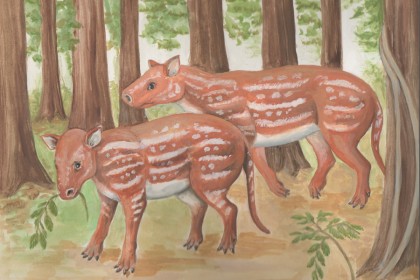So this indeed one more evidence contrary to AIT. The colonialists worked hard to make the natives believe that they were invaders from outside, who had invaded using horse - and that there was no horse in India before the "Rig-Vedic" period. RIP to those who believe in Dravidian race theory.
New Indian-Chennai News + more

| Post Info | TOPIC: Ancient relative of horses, rhinos originated in India more than 50 million years ago | ||||||
|---|---|---|---|---|---|---|---|
|
|
|
||||||
|
|
|
||||||
|
|||||||
|
|
||



|

